How to Apply Mirror Protective Film Without Bubbles
2025-10-25
Pre-application cleaning and tool preparation are essential for preventing bubbles.
Before application, thoroughly clean the mirror surface to remove dust, grease, and other impurities. Residual dirt on the mirror surface can easily cause bubbles after application. First, wipe it with a soft cloth dampened with mild detergent, then dry it with a dry cloth to ensure the surface is free of particles and water stains. Also, prepare a scraper or soft card to use during application to expel air and avoid direct pressure that can cause bubbles. Thorough preparation will lay the foundation for a bubble-free application.Gradual application and scraper assistance to reduce bubble formation.
When removing the adhesive backing of a protective film, it's not advisable to remove it all at once. Start by peeling off a corner, aligning the film with the edge of the mirror, and then slowly peeling off the remaining adhesive. Simultaneously, use a scraper to scrape the film evenly, moving from the applied area to the unapplied area. This allows the film to gradually adhere to the mirror surface. This process allows air to be squeezed out, reducing the possibility of bubbles forming and preventing air from being trapped between the film and the mirror surface due to rapid application.
Environmental Control and Film Surface Preparation Help Prevent Bubbles
Option lamination should be performed in a dry, dust-free environment. In humid or dusty environments, dust can easily adhere to the film or mirror surface, increasing the risk of bubbles. If slight wrinkles are detected during lamination, stop lamination immediately and gently peel off the protective film to adjust the position. Wait until the film surface is flat before continuing. Avoid applying pressure on the wrinkled area to prevent bubbles from forming, which can be difficult to remove.
Post-lamination Inspection and Small Bubble Remediation to Consolidate Results
After lamination, carefully inspect the film surface for small bubbles. If small bubbles are detected, use a scraper to slowly scrape from the edge of the bubble to the surrounding area to try to squeeze out the air trapped within. If the bubble is large or difficult to squeeze out, use a needle to gently poke a small hole at the edge of the bubble. Use a scraper to expel the air from the hole, then press the hole to secure the film surface. Ensure a flat, bubble-free surface after lamination.You Might Also Like
-
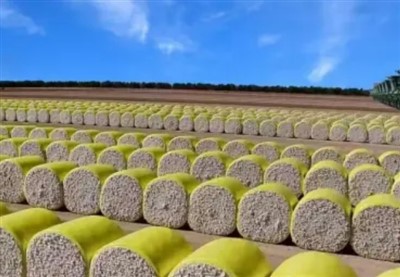
what are the advantages of cotton packaging film
-
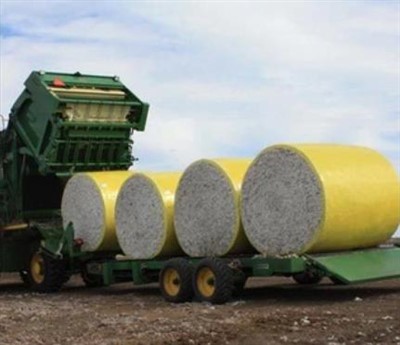
The Advantages of Cotton Wrap Film
-
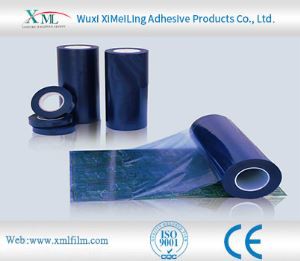
How does pe protective film cope with high temperature environment
-
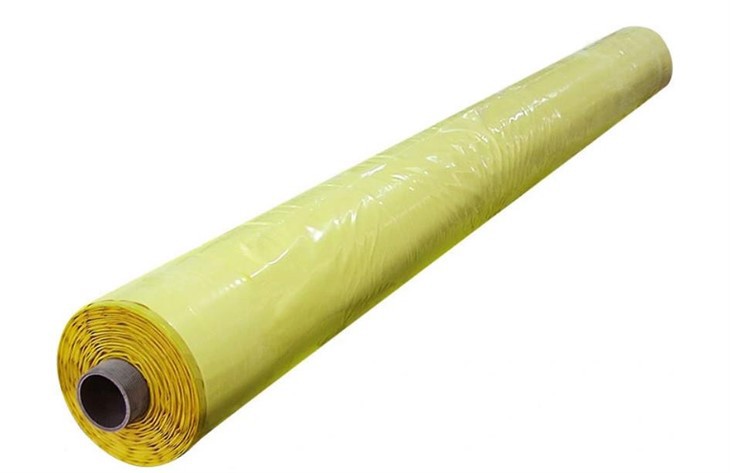
Advantages of Cotton Bale Wrap Film
-
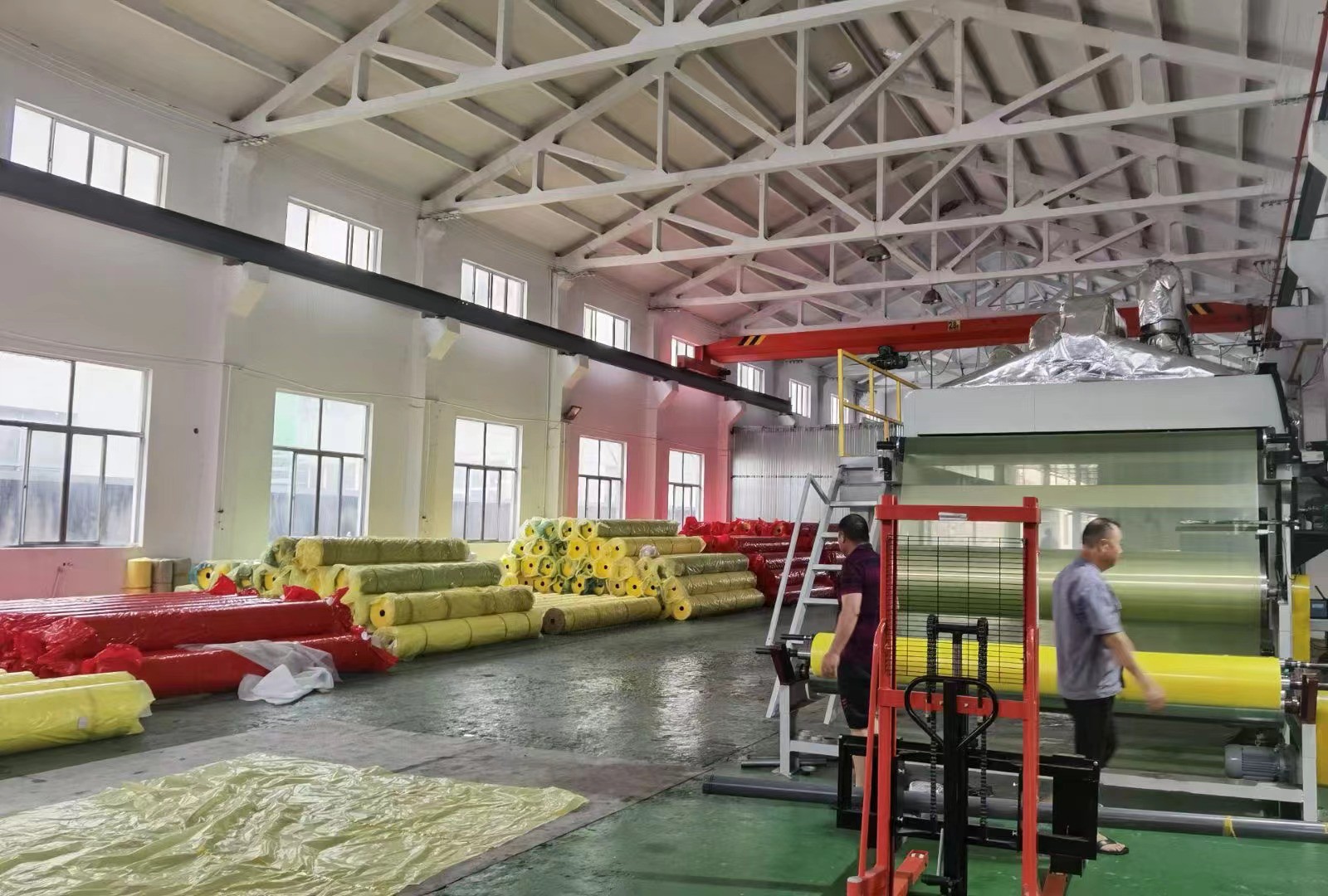
Storage method of cotton bale wrap film
-
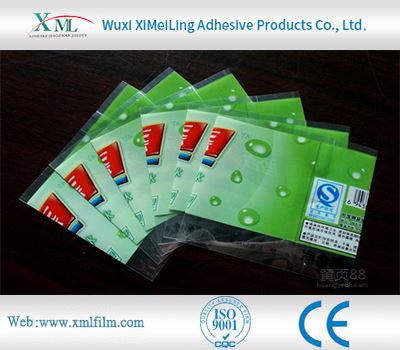
How Polyethylene Packaging Material Copes with High Temperature Environment
